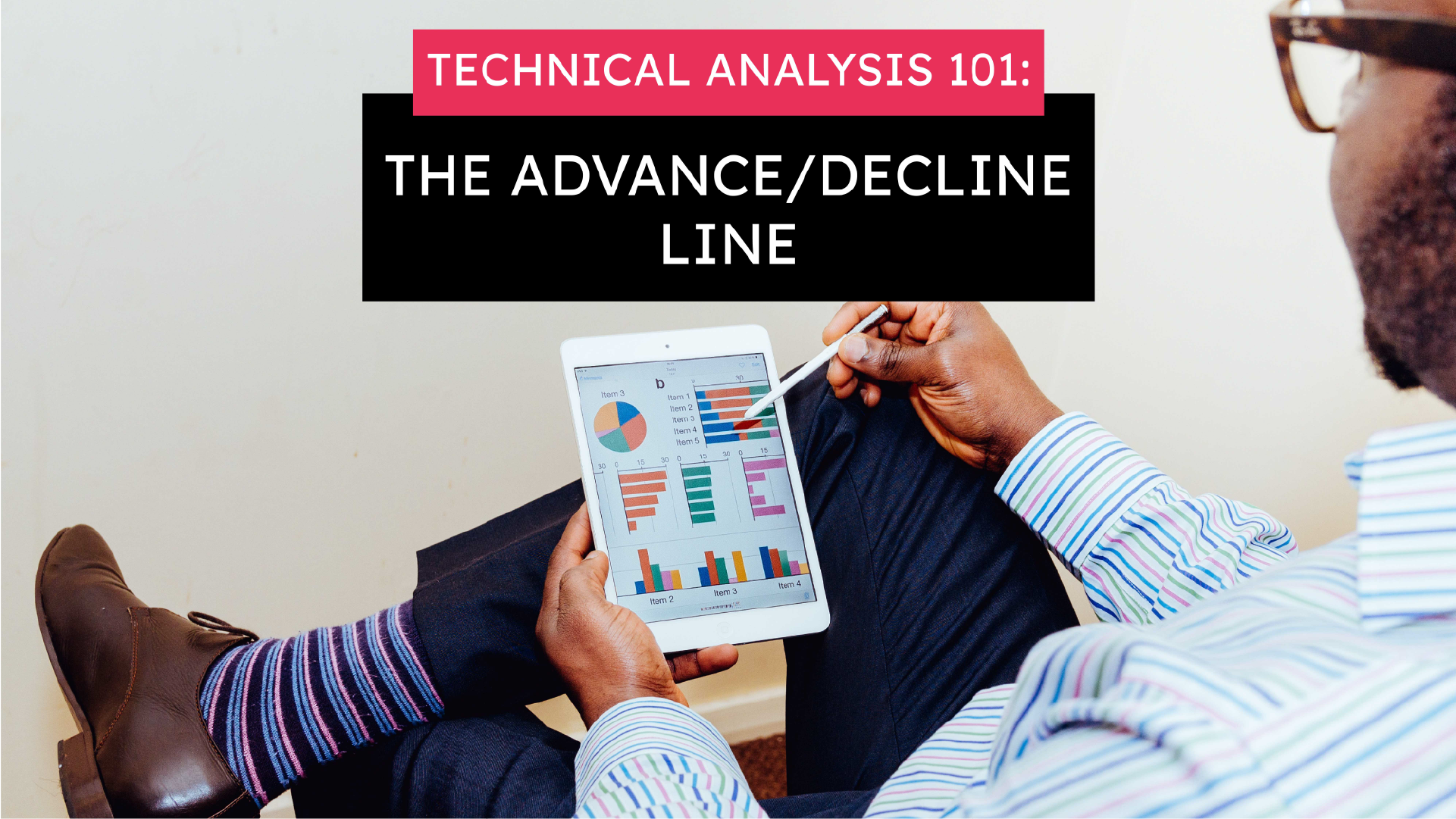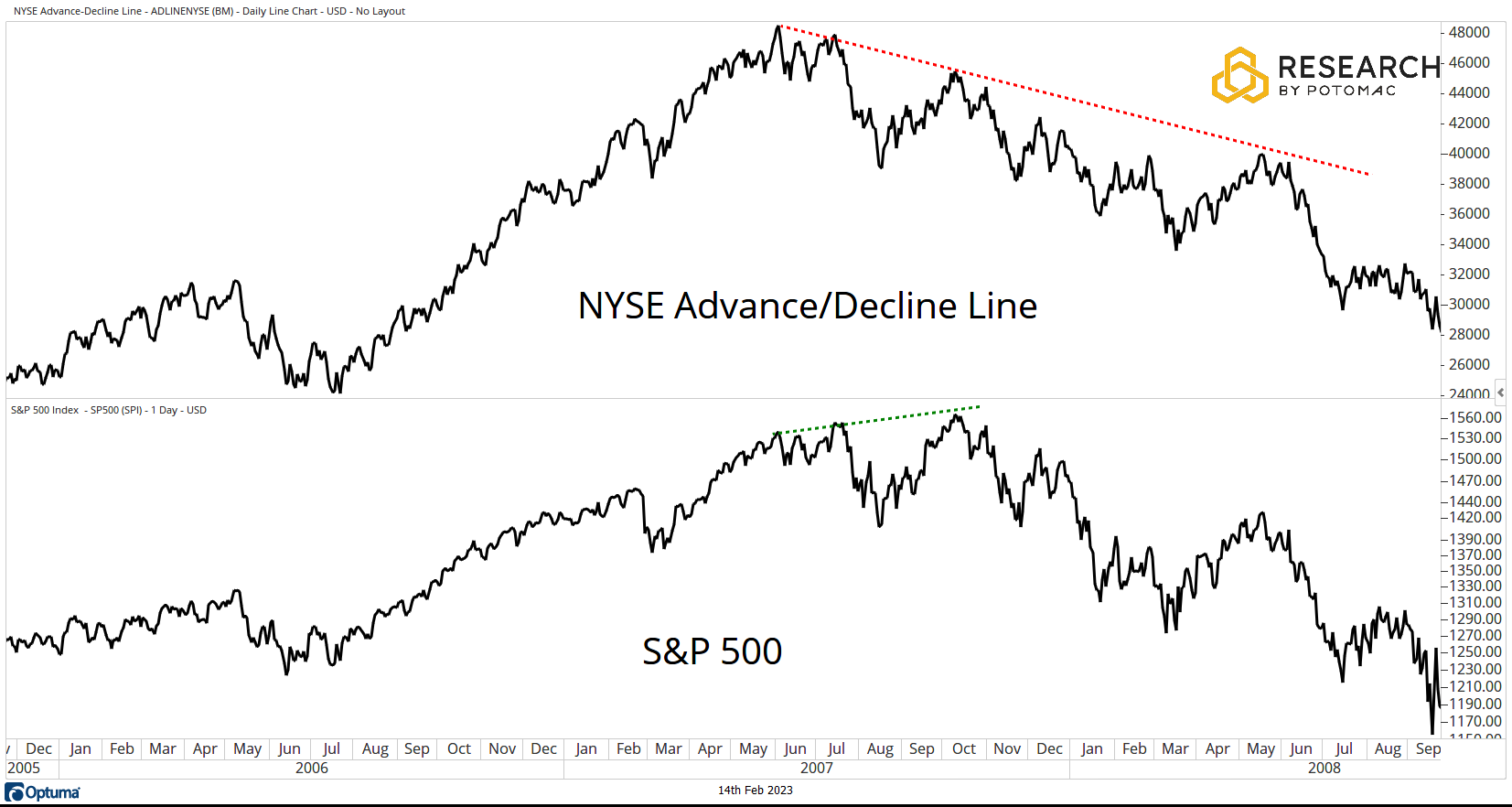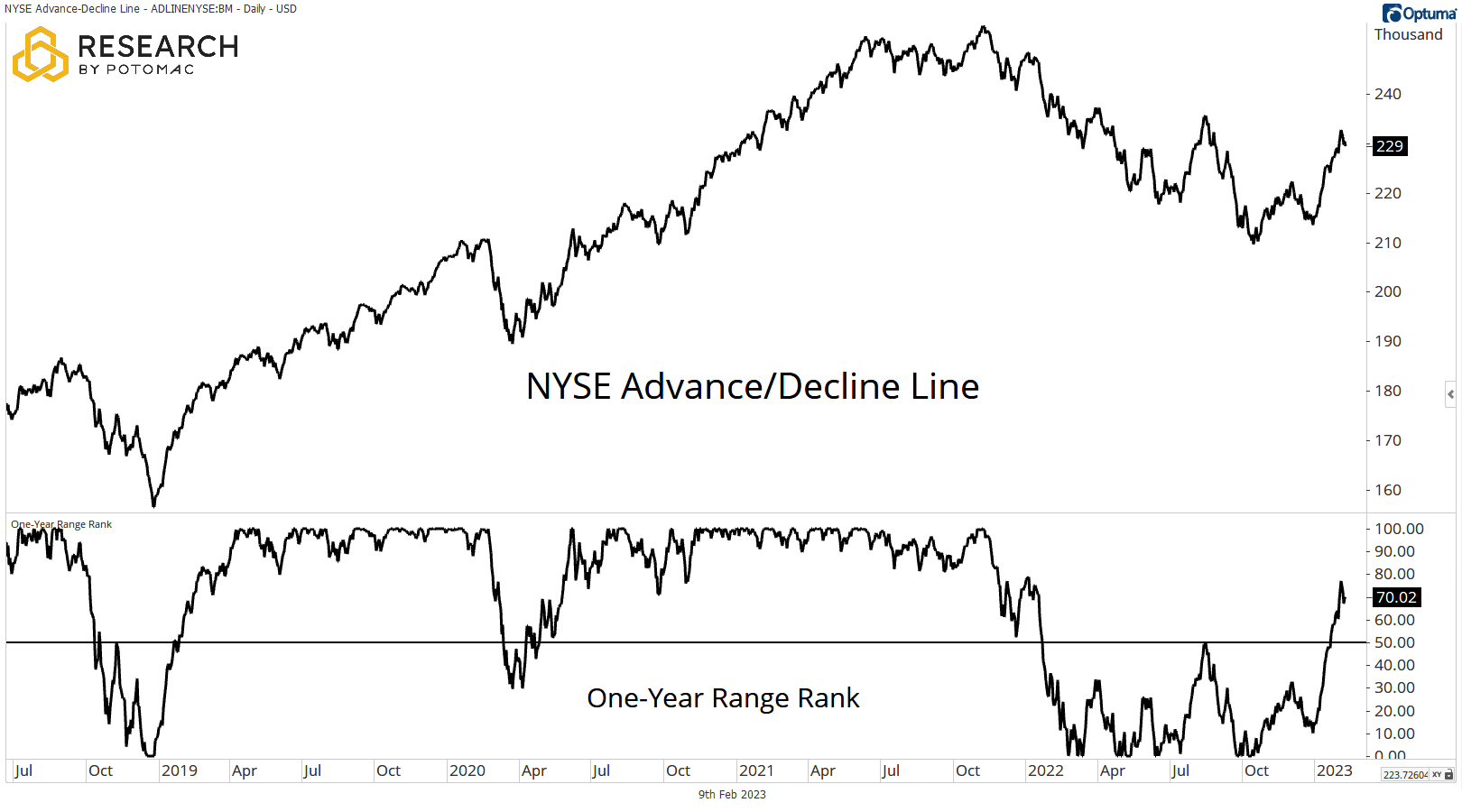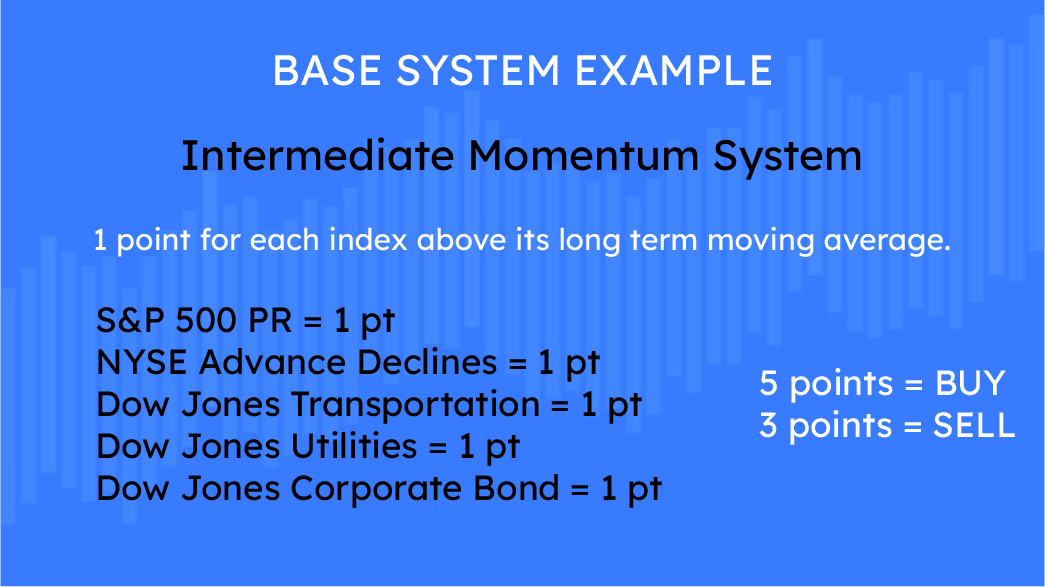
Professional portfolio managers and financial advisors use a variety of analytical tools. Many of these tools are also available to individuals seeking to save for retirement, college education, and other common investment goals. Advanced technology provides a wealth of different ways to determine when individual stocks, sectors, and even the market as a whole should be bought and sold to help manage portfolio risk and reward.
Differences Between Fundamental Analysis and Technical Analysis
Many investors use a combination of fundamental analysis and technical analysis to make investment decisions. Fundamental analysis involves analyzing a company’s financial statements to determine the fair value of a business, while technical analysis assumes that a security’s price already reflects all publicly available information and instead focuses on the statistical analysis of price movements.
More specifically, technical analysis attempts to understand the market sentiment behind price trends by looking for patterns and trends rather than analyzing the specific fundamentals of a security.
Generally speaking, fundamental analysis requires specialized knowledge of how to read the financial statements of publicly traded companies, all of which are required by law to be made available online. Technical analysis, however, can be performed with the use of online tools that identify such widely used trends as 50- and 200-day moving averages and market volume over time.
For those seeking an elementary analytical tool that has stood the test of time, a good way to start is by becoming familiar with the Advance/Decline (A/D) Line and how it’s used.
A Brief History
A/D data was first calculated and analyzed back in 1926 by Colonel Leonard Ayres, an economist and market analyst at the Cleveland Trust Company. Shortly thereafter, James Hughes pioneered what became known as Market Breadth Statistics. In 1931, Barron’s started to publish A/D numbers, which can still be found in its printed publication every week. A/D data came into prominence in the early 1960s when prominent investment newsletter publishers began to use it as part of their market analysis.
Simply put, the A/D Line is perhaps the best way to gauge the market’s overall health. It’s typically used for an entire index, like the NYSE, Dow Jones Industrial Average, S&P 500, and NASDAQ.
In fact, some notable investors say the weekly A/D information is the first data point they look for to help gauge market sentiment.
A Closer Look
The A/D Line is a market breadth indicator that analyzes the number of stocks advancing minus those that are declining. Positive market breadth occurs when more stocks are advancing than are declining, suggesting that the bulls are in control of the market’s momentum. A bearish momentum would result when there are more declining stocks.
It’s important to note that A/D data is best used when it includes all stocks in a specific index. Many times, the performance of a handful of companies can belie the health of the overall market one way or another.
The A/D Line is plots the difference between the number of advancing and declining stocks on a daily, and sometimes weekly, basis. When calculating the A/D Line, the total number of stocks of the underlying index that went higher are added each day while the number of declining stocks are subtracted. The net number is then added to the prior day’s total, creating a running total of advancing minus declining stocks.
The A/D Line is used to determine market participation, as it tells investors whether most stocks in an index are rising or falling. It is used to confirm price trends in major indexes and can also warn of reversals when divergence occurs.
For example, if the S&P 500 is rising and the A/D Line is falling, it indicates the current uptrend may be losing its momentum. But if the S&P 500 is falling and the A/D Line is rising, it suggests that the market’s move lower may be about to reverse and begin moving up.
Detecting Divergences
Divergence is the disagreement between the stock market index and the A/D Line and can result in significant implications for investment management. If the index moves up while the A/D Line moves down, the index may be misleading about the true direction of the overall market.
Such negative divergence has occurred at major market turning points such as the end of the Roaring ‘20s bull market and during 1972 at the height of the Nifty Fifty market.
However, the most notable was just prior to the 2008 bear market.

While much of the focus of the NYSE Advance-Decline Line has been associate with returns, it can also give a more appropriate picture of the risk environment. Below, we provide an example of the One-Year Range Rank. This indicator has been utilized in our Research over the past year in our Breadth note, with some interesting historical context.

*Data via Optuma as of the close of business 2/8/2023
The One-Year Range Rank gives an indication of where the NYSE Advance-Decline Line sits over the past year, with 100 being the highest position and 0 being the lowest position. Historically, when the One-Year Range Rank for the NYSE Advance-Decline Line has been greater than 50%, this has been more bullish for the S&P 500 over the following quarter than when it is below; the most significant differences in risk come in terms of win-rates and returns at the 20th percentile.
The results below are historical 63-day returns for the S&P 500 when the NYSE Advance-Decline Line’s One-Year Range Rank is both above and below the 50% mark. Note the higher win-rate of 69.49% when the Range Rank is above the 50% mark compared to 58.37% when it is below. Additionally, 20th percentile returns are shallower when the Range Rank is above the 50% mark, coming in at -1.94% compared to -5.73% when it is below 50%. These results suggest that risk has historically been elevated when breadth has been weak (<50%).

*Data via Optuma as of the close of business 2/8/2023. N = 8,636 since 1968 for instances for the S&P 500 when the NYSE Advance-Decline Line’s One-Year Range Rank is above the 50% mark. N = 5,643 since 1968 for instances for the S&P 500 when the NYSE Advance-Decline Line’s One-Year Range Rank is below the 50% mark.
Limitations
Technical analysis tools should never be used in isolation because they all have their limitations, and the AD line is no different.
For example, the A/D Line does not weigh the exact percentage a stock moved, only that it is an advance or decline. Therefore, a stock could set a record for the most value lost by a stock in a single day, but the A/D line would only see that day as a decline, giving it the same weight as if another stocked dropped by only one basis point, or 0.01%.
The A/D line is all relative; it all comes down to the difference in the daily change in price and the number of positive and negative days that occur. A stock may see more positive than negative days, but the stock could move more on the down days, which would lead to an overall positive breadth contribution of the stock that was in a downtrend.
Critics of the A/D Line, as it applies to the New York Stock Exchange (NYSE), argue that today’s version of the index is tainted. A large part of the index is now composed of bond related closed-end funds that have a positive bias. But I don’t believe that argument is valid. Sometimes, the bond closed-end funds can prove to be a better indicator of stock market direction than the stocks themselves. You want a tool that gives you a different answer from what the “price” is saying, otherwise the entire exercise is pointless.
This is why the A/D Line can be misperceived. Just because a stock provides a positive contribution to the indicator doesn’t mean that it’s in a healthy uptrend as one may believe based on the reading the breadth gauge is showing.
How Can Investors Use the AD Line?
The concept of an A/D Line and evaluating market breadth is built into just about everything we do in terms of applying technical analysis.
Investors can use a combination of index price movements and their relation to market internals such as the A/D line. This concept is known as “inter-market” analysis and was coined by John Murphy, which essentially states that that markets do not move in isolation.
In order to properly extract value from market trends, one must study the relationships between what would seem like unrelated markets and or data points. A great example of that is an Intermediate Momentum System that tracks five underlying data points.

The goal is to look for divergences between an index and its underlying components. Typically, a healthy market will display broad participation when the majority of an index’s constituents are participating. By comparison, an unhealthy market is where a handful of stocks are driving index prices higher while many of the index’s other constituents are declining in price.
This isn’t a buy-and-sell indicator. It serves as one gauge of the overall market environment.
Think of it as taking your blood pressure or your cholesterol level. Neither is indicative of imminent death. But if ignored over time, both can have grave consequences.
A Complementary Tool
The A/D Line can tell you a lot about the state of a specific market or a particular industry. For example, when an index is ascending even as it’s A/D Line is descending, it’s likely that relatively few stocks are contributing to that growth, which could be a sign that that market is vulnerable to a correction. That was certainly the case with the New York Stock Exchange (NYSE) composite index in the months leading up to the 2008 bear market.
Even if the two lines were to diverge dramatically, investors would be wise to avoid decisions based on the A/D Line alone. When an A/D Line starts to fade, I view it as an opportunity to be more cautious. You might cut back on your exposure to stocks a bit, but don’t use it as the sole argument for exiting the market altogether.
Parting Thoughts
Investors who are constantly on the search for the holy grail of investing indicators or get rich quick trading systems will always be left disappointed. Why? Because it simply doesn’t exist.
However, you can use technical tools such as the A/D line to give you a general sense of the current market environment.
Often, the A/D Line is typically plotted over the top or below the price of an index and is commonly used with a histogram of advances and declines below it. Using these two indicators, investors can see whether a trend is gaining or losing momentum.
Since the A/D Line does not consider the magnitude of daily changes in price of the underlying stocks, a lack of a bearish divergence in a single indicator is not necessarily reflective of a positive confirmation of an uptrend. A stock can be in a downtrend while still positively contributing to market breadth, blunting the usefulness of a perceived breadth confirmation by the A/D Line. This is why I personally feel divergences in the A/D Line are much more useful than confirmations of an underlying trend.
It’s my belief that the use of multiple pieces of data is important in applying analysis to a market and specifically to the evaluation of trend participation. We can be much more confident if multiple breadth gauges are pointing to the same conclusion such as a rising A/D Line, an uptrend in new 52-week highs, more stocks rising above their long-term moving averages, etc.
The bottom line: An index’s A/D Line can help you gauge the overall health of a market or an industry, but it shouldn’t be the only metric you consider.
Potomac Fund Management ("Company") is an SEC-registered investment adviser. SEC registration does not constitute an endorsement of the advisory firm by the SEC nor does it indicate that the advisory firm has attained a particular level of skill or ability. This information is prepared for general information only and should not be considered as individual investment advice nor as a solicitation to buy or offer to sell any securities. This material does not constitute any representation as to the suitability or appropriateness of any investment advisory program or security. Please visit our FULL DISCLOSURE page. The company does not make any representations or warranties as to the accuracy, timeliness, suitability, completeness, or relevance of any information prepared by any unaffiliated third party, whether linked to the Company website or incorporated herein, and takes no responsibility for any of this information. The views of the Company are subject to change and the Company is under no obligation to notify you of any changes. Different types of investments involve varying degrees of risk, and there can be no assurance that the future performance of any specific investment or investment strategy will be profitable or equal to any historical performance level.
(PFM-604-20230223)
